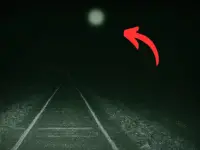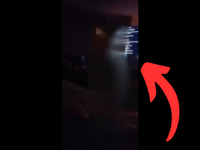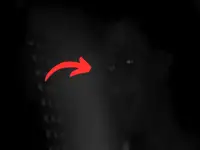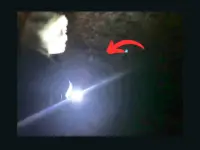5. Noppera-Bo
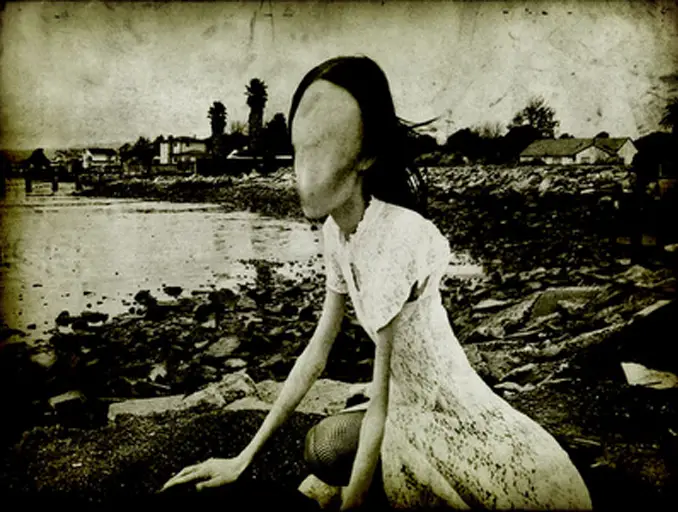
Noppera-Bo (faceless monk) looks like a human being, blending into society. This appearance is an illusion however, for when this spirit is met face to face it is quickly revealed that he has no face at all, without any features of any kind.
The primary purpose of Noppera-Bo is scaring people. They wander around late at night, with quiet places like deserted roads being one of their favorite haunts. If approached, initially Noppera-Bo seems quite normal. But after a few moments, the spirit will dramatically reveal its lack of facial features, usually with a quick swipe of a hand across the face. These creatures often work in teams to maximize their scare factor. As an individual runs away from the first spirit, he is sure to encounter another seemingly human individual who expresses concern, asking what is wrong. When the poor victim explains his plight, the new spirit responds with “Oh, you mean like this?” and then quickly reveals its lack of facial features, sending the victim on the run once again. In some cases these spirits will continue this game until the victim finally arrives home, where they will discover a Noppera-Bo impersonating a friend or loved one as the finale to their haunting diversion.
4. Onryō
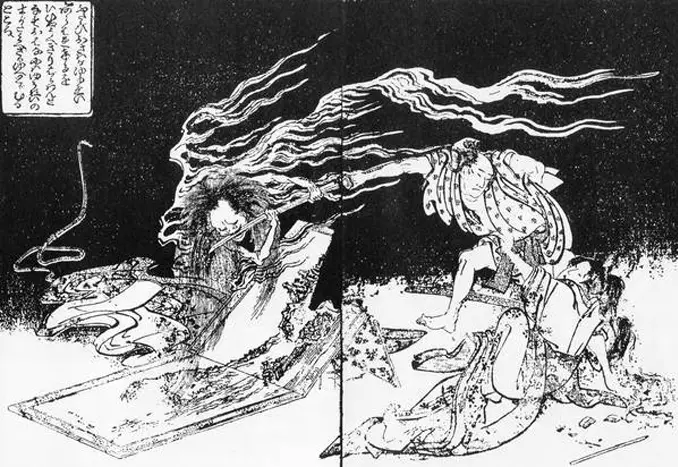
The Onryō (vengeful or wrathful spirit) are malevolent spirits whose sole purpose is vengeance and torment. Their souls are unable to move on due to strong feelings of hatred, anger or other strong emotions. Instead, these ghosts are transformed into terrible, wrathful entities that seek vengeance and retribution on those that have the misfortune of encountering them. These spirits take the form that they held when they died, including any wounds or signs of illness that they displayed at their time of death.
The Onryō are incredibly toxic, cursing the building or ground that they haunt. If they’ve been wronged by another person while they were living, they’re driven to exact revenge on that individual but they often don’t stop there. It’s not uncommon for these spirits to continue to wreak havoc even after their vengeance has been achieved.
At the least, an Onryō will not leave until its revenge has been met. In many cases, a Buddhist Priest will be required to perform a rite that is similar to a Catholic exorcism in the hopes of putting the spirit to rest, but there is no guarantee that it will work, especially if the Onryō has unfinished business. The Onryō are so well known that they have even been featured in movies including The Grudge and The Ring.
3. Tengu
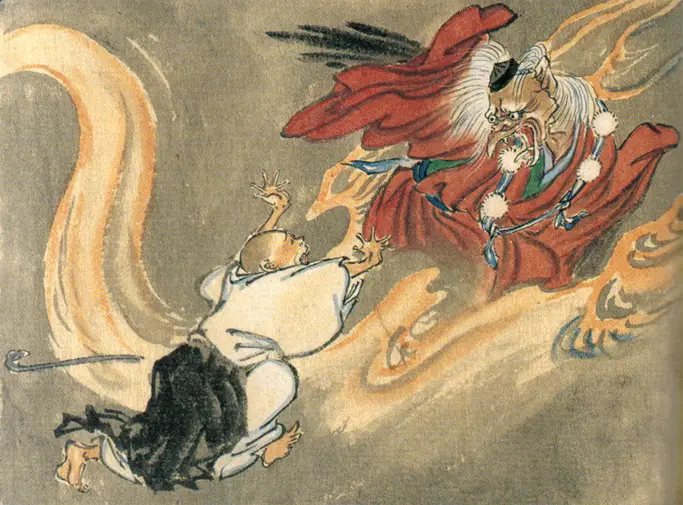
Tengu (heavenly dog) are trickster mountain goblins with birdlike features that include wings and large beaks or sometimes long noses. Some legends state that Tengu were once Buddhist priests, but due to their deceitful nature they have been transformed into mountain goblins as a form of retribution for their bad behavior.
As tricksters and troublemakers, the Tengu go out of their way to wreak havoc with the Buddhists. They play nasty tricks on Buddhist monks, burn down temples and lure the devout from Buddhism whenever they can. While many of their pranks can seem relatively harmless, the Tengu have a darker side that involves the kidnapping of wayward children and sometimes even eating them.
In order to avoid any trouble with the Tengu, locals make offerings to them and festivals are held in their honor. Food offerings and Sake are particularly welcome, with offerings being given to them far from buildings and outside due to their propensity for starting fires.
2. Hone Onna

Hone Onna (bone woman) appear to their victims as lovely young women. Even after death, these spirits retain memories of their one true love and return to them in an attractive guise that lulls their victims into a sense of complacency and welcome. Only those who have a strong faith in their religion or whose vision is not tainted by romance, love and emotion are able see the Hone Onna as they truly are – rotting corpses, often decomposed to little more than bones.
The Hone Onna will rise from their graves and return to their victims night after night, only leaving with the rising sun. During the night, the Hone Onna couples with her true love, draining a bit of her lover’s life force in the process. This can go on for extended periods – days, weeks, even months. Her victim grows progressively weaker, sickens and eventually dies. What makes this situation particularly sad is that the Hone Onna doesn’t even realize the harm that they’re causing to their loved ones. Their only desire is to love in death as they did in life.
Often, a friend or relative has to intervene, revealing the illusion to the Hone Onna’s lover. This doesn’t stop the spirit from returning however. She will continue to visit night after night, and it’s not uncommon for her victim to finally submit, giving their lives to the spirit of the woman that they once loved. Charms and prayers can be used to protect the home from ghosts, but the head of the household has to have absolute conviction, firmly believing that the charms and prayers will work.
1. Nuribotoke
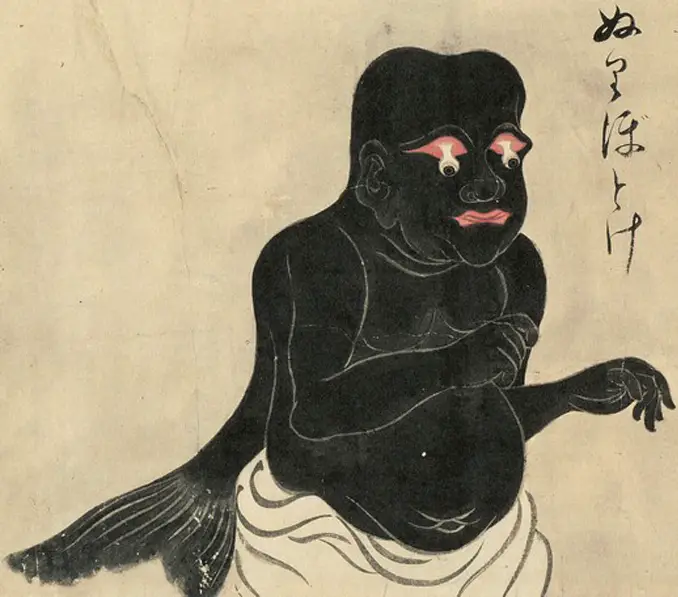
One of the more bizarre ghosts and demons of Japanese folklore is the Nuribotoke (coated Buddha). These zombie-like creatures are very strange in appearance, with inky black sagging skin, a catfish tail located at the base of the spine and eyes that dangle from the eye sockets. They also have a strong, foul odor that can permeate the area surrounding their location.
The Nuribotoke crawl out of personal altars or shrines that have been left open after the sun sets. These altars, known as butsudan are supposed to be closed up at night, because they are viewed as a type of portal or gateway to the spirit world. An altar that is left open at night is an open invitation to numerous wandering spirits, but the Nuribotoke are the primary pests.
The Nuribotoke are relatively harmless, causing more disruption than actual harm. They terrorize the families whose butsudan they came from by flying around the rooms, lashing their tails about and pulling impish tricks such as pinching, tripping and pulling the hair of the individuals in the home. They can be repelled with salt, but it’s better to close up the butsudan at night and avoid any hassles that might arise from an unwanted guest. Nuribotoke return to their butsudan before the sun rises, and they never come out during the day. The only other time that they will come out is if the butsudan is neglected. Then the Nuribotoke will come out at night even if the altar doors are closed and will continue to do so until the state of the altar is put back in proper order.
—
Well there’s our list of 10 bizarre ghosts and demons from Japanese folklore. Have you heard of any of these creatures before? Let us know on any of our socials or in the comments section below.

